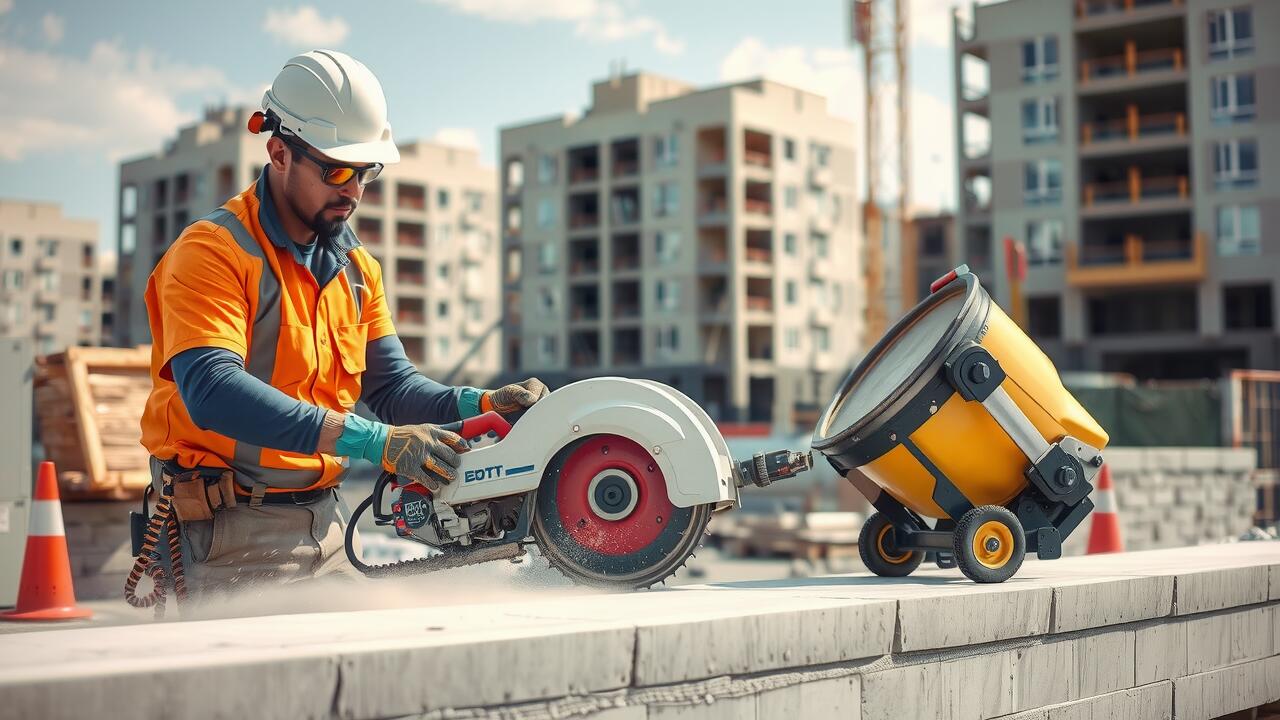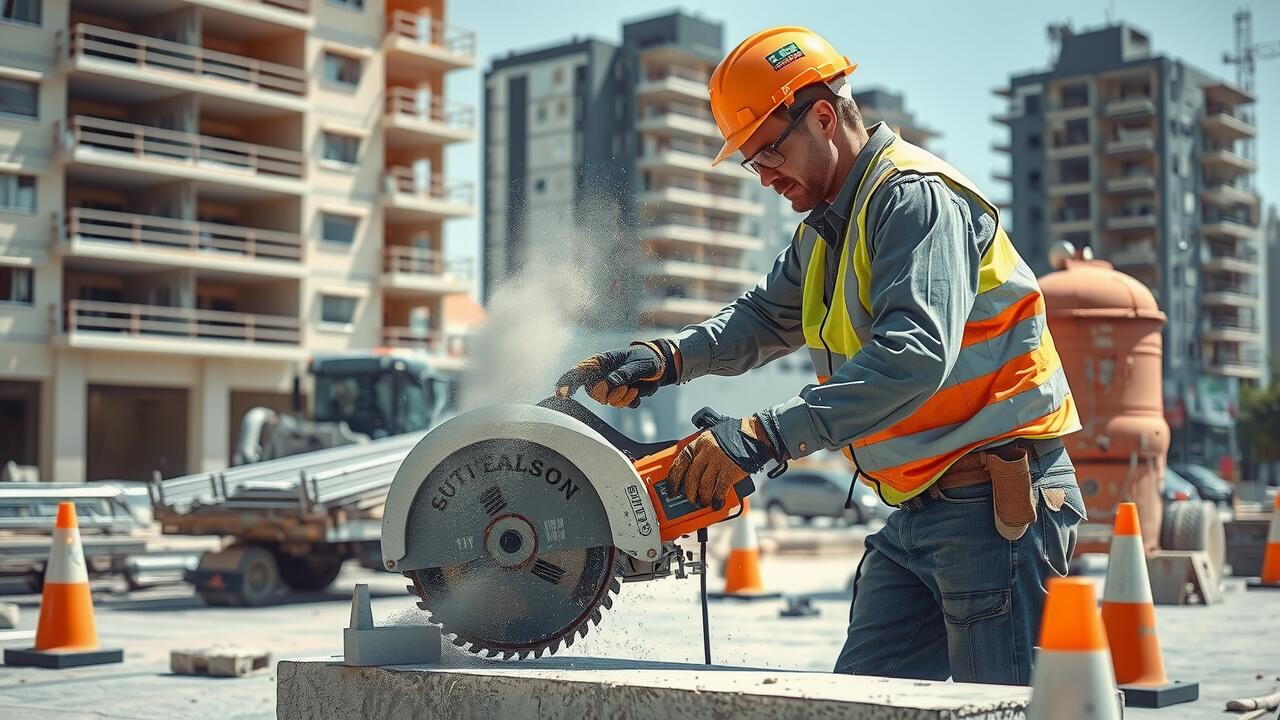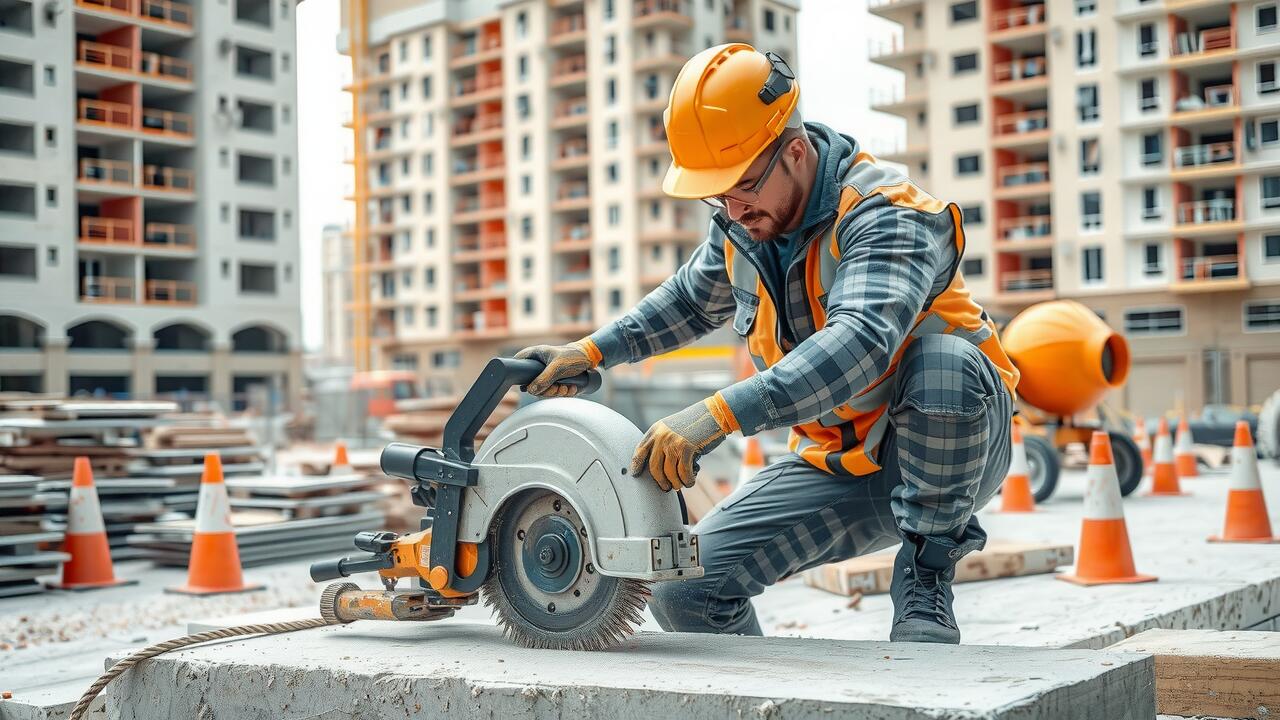
Table Of Contents
Cutting Too Quickly
Cutting too quickly can lead to several issues that compromise the quality of your work. When performing concrete cutting at a rapid pace, tools may overheat and become less effective, increasing the risk of damage to both the equipment and the concrete surface. A hasty approach may also result in jagged edges or uneven cuts, detracting from the overall appearance and structural integrity of the finished project.
A steady cutting pace enhances precision and allows for better control of the cutter. This technique minimizes the risk of mistakes, ensuring that operators can accurately follow their intended lines. With improved focus, the effectiveness of the cutting blade is preserved, leading to cleaner, more professional results. This thoughtful approach ultimately saves time and resources by reducing the likelihood of needing additional repairs or adjustments later on.
Benefits of a Steady Cutting Pace
A steady cutting pace is essential in concrete cutting for several reasons. Maintaining a consistent speed allows for better control over the saw, leading to cleaner and more precise cuts. Fast, erratic movements can result in jagged edges and an uneven surface, which may require additional finishing work. A deliberate pace also reduces the risk of damaging the saw or the material being cut, ensuring the longevity of both tools and project outcomes.
Moreover, a controlled approach minimizes the generation of excessive dust and heat. Excessive heat can affect the performance of the blade and contribute to premature wear. Lower levels of dust enhance visibility on the job site, improving overall safety. By focusing on a steady cutting pace, operators can achieve a more efficient workflow while also ensuring higher quality results in their concrete cutting projects.
Failing to Check Existing Utilities
When engaging in concrete cutting, overlooking the presence of existing utilities can lead to serious consequences. Gas lines, water pipes, and electrical conduits often run underground, sometimes in the very path designated for cutting. Failing to account for these elements not only jeopardizes safety but may also incur costly repairs. Damage to utilities can disrupt services and create hazardous conditions, underscoring the importance of thorough preparation prior to any cutting work.
Before beginning a project, it is advisable to identify any underground utilities that may be present. This can be done by consulting utility companies or utilizing specific detection tools designed for this purpose. Marking out the area where concrete cutting will occur helps prevent accidental strikes on hidden lines. Taking these precautionary measures adds a layer of safety and ensures a more efficient cutting process.
How to Identify Underground Utilities
Identifying underground utilities is crucial before initiating any concrete cutting project. Various methods help locate these utilities, including consulting local utility companies for maps or information regarding buried lines. Additionally, handheld devices like electromagnetic locators can detect electrical lines and some types of plumbing. Ground-penetrating radar is another advanced tool that provides a more detailed image of subsurface conditions, allowing for safer cutting practices.
Before starting work, marking the identified utility lines on the surface is essential. This visual reference helps prevent accidents that can arise from cutting into hidden pipes or cables. A thorough inspection of the site contributes to a safer environment for workers and avoids costly repairs or project delays that may result from damaged utilities. Taking these steps significantly enhances the overall effectiveness of concrete cutting efforts.
Not Considering Weather Conditions
Weather conditions play a crucial role in the effectiveness and safety of concrete cutting projects. High temperatures can cause the concrete to cure too quickly, leading to cracking and poor finishes. Cold temperatures may impact the performance of cutting tools and the behavior of the concrete itself. Workers need to be aware that both rain and extreme humidity can introduce additional complications, including slippery surfaces and the potential for damage to the equipment.
Additionally, certain weather conditions can pose risks to worker safety. Windy days may affect the control of dust generated from cutting, which can be hazardous if inhaled. Rain or snow can create slippery conditions, increasing the likelihood of accidents on the job site. By taking weather into account, crews can better plan their concrete cutting tasks to mitigate risks and enhance the overall quality of their work.
Impact of Weather on Concrete Cutting
Weather conditions can significantly influence the effectiveness and safety of concrete cutting. High temperatures may cause the concrete to set faster, increasing the risk of cracking during the cutting process. On the flip side, cutting concrete in cold, wet conditions can lead to challenges such as frost, which makes the surface harder and can slow down the cutting. Moreover, moisture can compromise the equipment, potentially leading to safety hazards or mechanical failures.
Additionally, windy conditions can pose risks when cutting concrete outside. Dust and debris kicked up during the cutting process can reduce visibility and create breathing hazards. It is crucial to pay attention to the local weather forecast before initiating a concrete cutting project, ensuring appropriate preparations are made to counteract any adverse effects. Taking these factors into account not only improves the quality of the cut but also ensures a safer working environment.
FAQS
What are the common mistakes to avoid when cutting concrete?
Common mistakes include cutting too quickly, failing to check existing utilities, and not considering weather conditions.
Why is it important to maintain a steady cutting pace?
A steady cutting pace helps ensure precision and reduces the risk of damaging the concrete or cutting equipment, leading to cleaner cuts and improved safety.
How can I check for existing utilities before cutting concrete?
You can check for existing utilities by contacting local utility companies, using utility locating services, or employing ground-penetrating radar to identify underground lines.
What weather conditions should I consider before cutting concrete?
It’s important to consider factors such as temperature, humidity, and precipitation, as these can affect the cutting process and the quality of the concrete.
What impact does weather have on the concrete cutting process?
Weather can influence the curing time of concrete, the effectiveness of cutting equipment, and the overall safety of the cutting operation, making it vital to plan accordingly.

